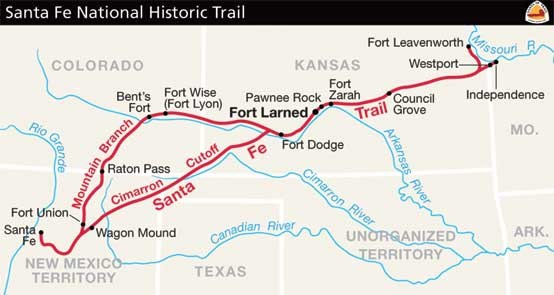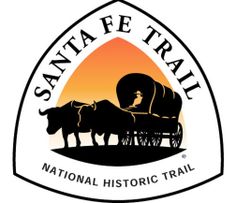 As I explained yesterday, there are several different kinds of trails administered by the National Park Service. National Scenic Trails are the most well-known. But Tom and I prefer the National Historic Trails that tell a story of a particular place and time in history. We recently traveled most of the Santa Fe Trail.
As I explained yesterday, there are several different kinds of trails administered by the National Park Service. National Scenic Trails are the most well-known. But Tom and I prefer the National Historic Trails that tell a story of a particular place and time in history. We recently traveled most of the Santa Fe Trail.
The Santa Fe Trail stretches from Independence, Missouri to Santa Fe, New Mexico. Although we spent a week in Santa Fe we were planning to travel east on I-40 through Texas. Until we got ready to leave Santa Fe and discovered we didn’t have any trailer brakes. At that time it became necessary for us to change plans and head to Junction City, Kansas, to get a new brake actuator. It turns out the slow road route we took to get from Santa Fe to Junction City was the exact route of the Santa Fe Trail.
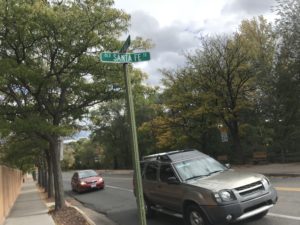 Native Americans established the trade routes before 1500 that would become the Santa Fe Trail. Over the centuries this route would be used by Spanish, Mexico, the Republic of Texas, Confederate, and Union soldiers. Traders and settlers would bring goods from the east to Santa Fe, the center of culture in the southwest. The 900 miles of the trail were traveled by foot, by horse, and by wagon until the railroad replaced the trail in the 1870’s.
Native Americans established the trade routes before 1500 that would become the Santa Fe Trail. Over the centuries this route would be used by Spanish, Mexico, the Republic of Texas, Confederate, and Union soldiers. Traders and settlers would bring goods from the east to Santa Fe, the center of culture in the southwest. The 900 miles of the trail were traveled by foot, by horse, and by wagon until the railroad replaced the trail in the 1870’s.
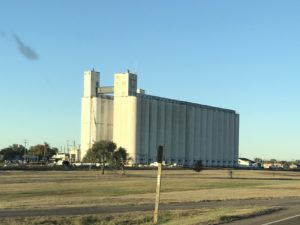 For traders and pioneers heading west, the tallgrass of the Kansas prairie gave way to the shortgrass of Oklahoma and then, finally, the Sangre de Cristo mountains of New Mexico. Today the area along the Santa Fe Trail remains sparsely populated with small, rural communities dotting the horizon every 10 to 15 miles. Crossing the mountains into Santa Fe is like entering another world.
For traders and pioneers heading west, the tallgrass of the Kansas prairie gave way to the shortgrass of Oklahoma and then, finally, the Sangre de Cristo mountains of New Mexico. Today the area along the Santa Fe Trail remains sparsely populated with small, rural communities dotting the horizon every 10 to 15 miles. Crossing the mountains into Santa Fe is like entering another world.
Tom and I followed the “Cimarron Route” or southern route of the Santa Fe Trail to Kansas. Back in the 1700 and 1800’s, this was known as the dry route because there wasn’t a reliable source of water over much of it. If you were driving herds along the Santa Fe Trail, you wanted to take the “Mountain Route” along the Arkansas River into Colorado.
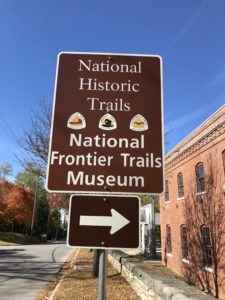 We took US 56 through eastern New Mexico, Oklahoma, and into Kansas. We spent the night in Dodge City and passed Fort Larned before leaving the trail and finally heading north to I-70. Although we paused in Junction City, we resumed our travel on the trail when we went to Independence, Missouri which served as the outfitter for trips heading west on the trail.
We took US 56 through eastern New Mexico, Oklahoma, and into Kansas. We spent the night in Dodge City and passed Fort Larned before leaving the trail and finally heading north to I-70. Although we paused in Junction City, we resumed our travel on the trail when we went to Independence, Missouri which served as the outfitter for trips heading west on the trail.
The Santa Fe Trail is a diverse and interesting journey through all the people who influenced the growth of the southwest.

